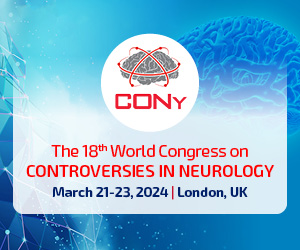Agenesis of corpus callosum – signifi cance of prenatal diagnosis
 Affiliation and address for correspondence
Affiliation and address for correspondenceThe corpus callosum is an important brain commissure connecting the cerebral hemispheres and is essentials for efficient cognitive function. The corpus callosum is derived from lamina terminalis. Until the eighth weeks of gestation, only the most rostral part is formed; the caudal portion develops about 18-20 weeks of gestation. A disturbance of this process may lead to agenesis or partial agenesis (hypogenesis or dysgenesis) of the corpus callosum. Insults responsible for agenesis of the corpus callosum or varying degrees of hypoplasia of the corpus callosum are not identified. An early failure may lead to complete agenesis, whereas a later one will lead to partial genesis or hypoplasia. Its prevalence varies in different studies, depending on the population studied and the diagnostic criteria. ACC is often associated with other cerebral and/or extracerebral malformations including syndromes and metabolic diseases. Although the overall prognosis of ACC remains controversial, several studies have reported a worse prognosis in the presence of additional anomalies; in the less frequent cases of isolated ACC, it appears to carry a prognosis compatible with normal or borderline postnatal development in most cases. We review the current state of knowledge regarding the sonographic characterization, management and prognosis of the agenesis of corpus callosum.








